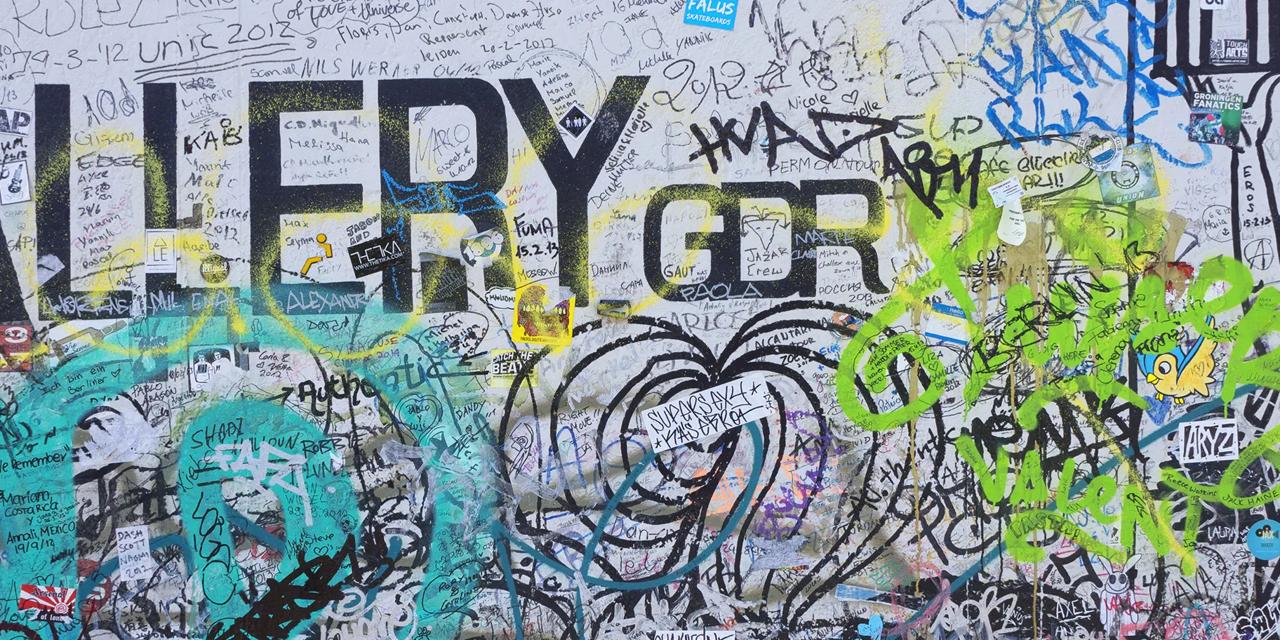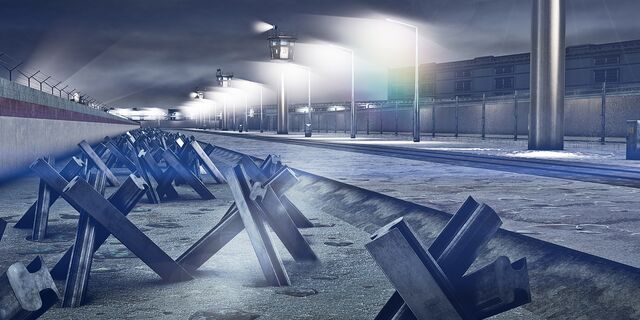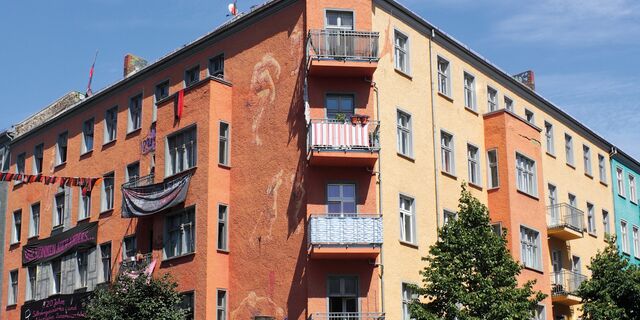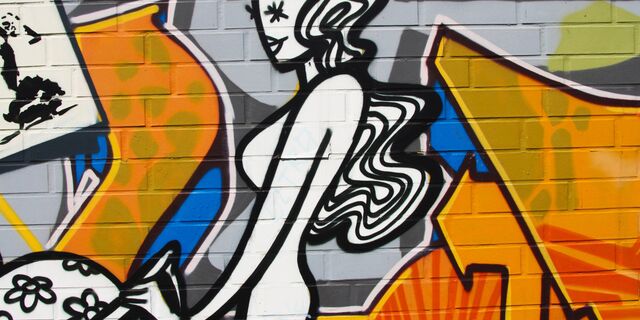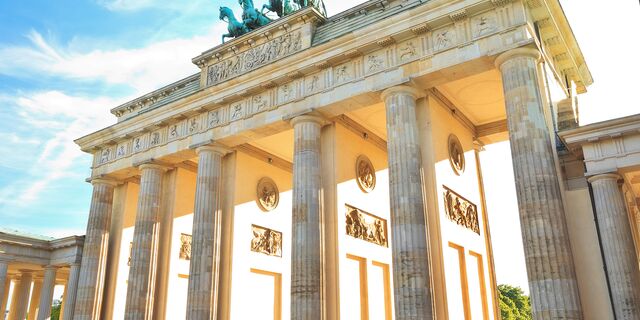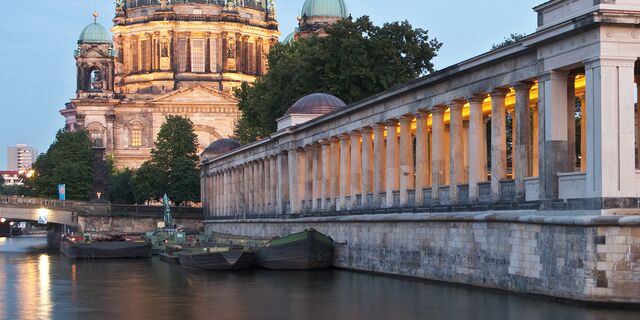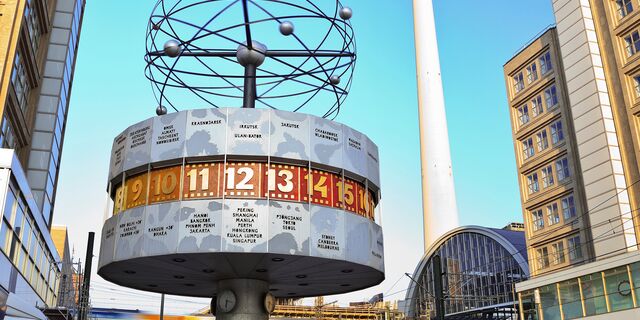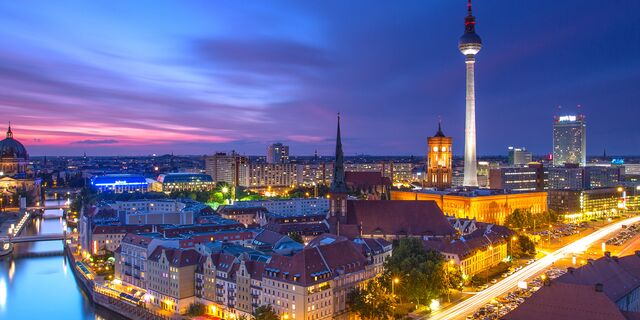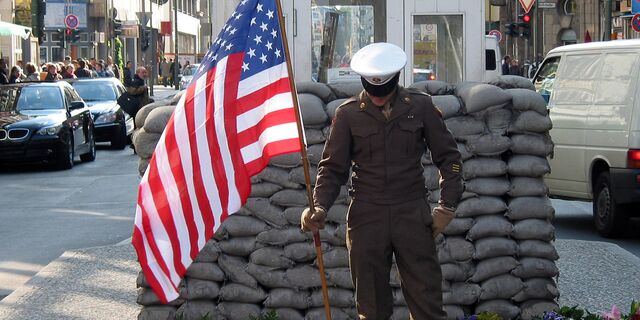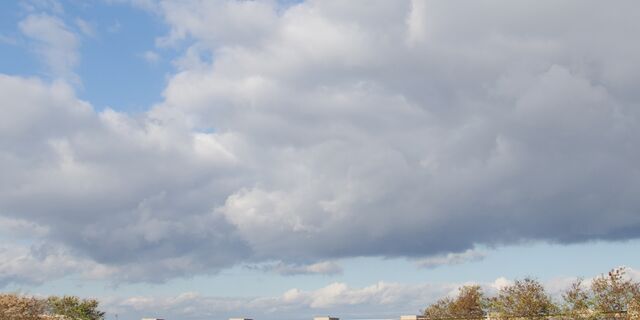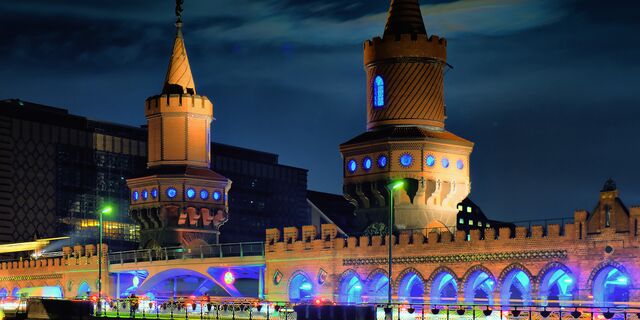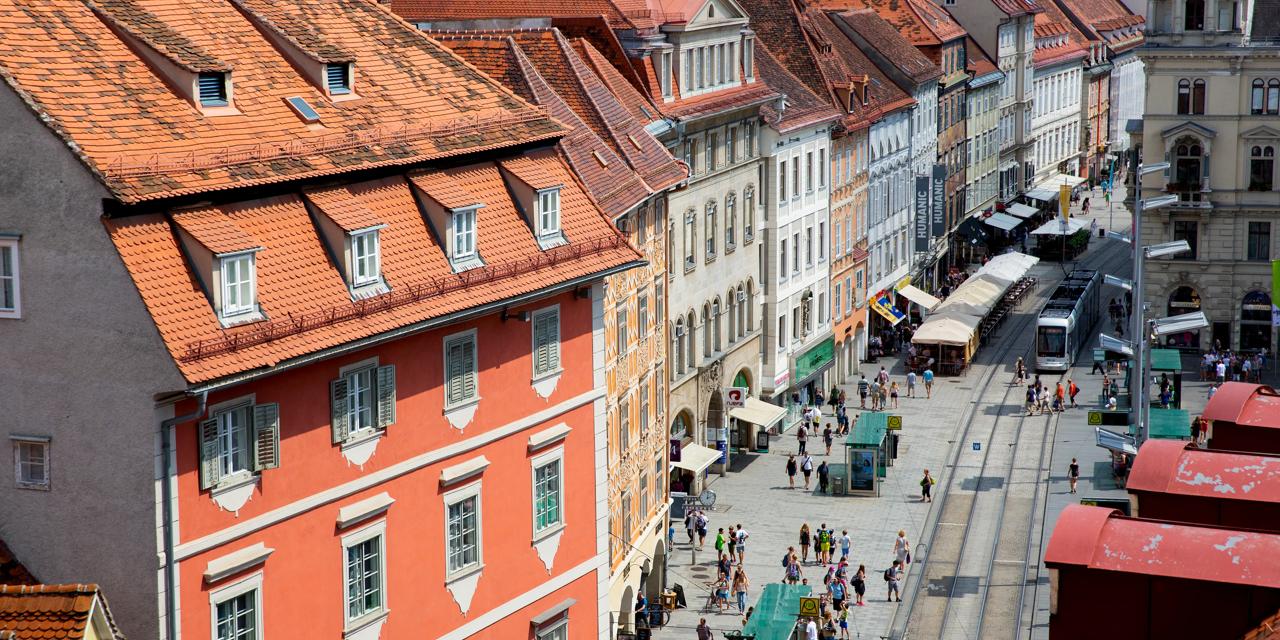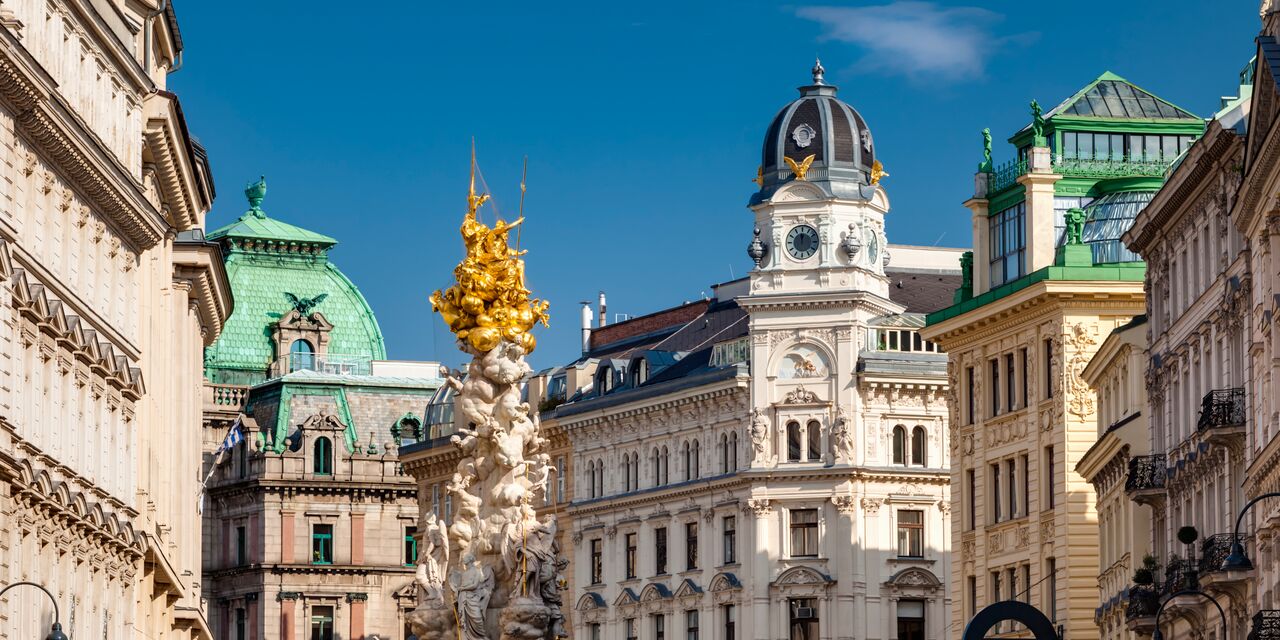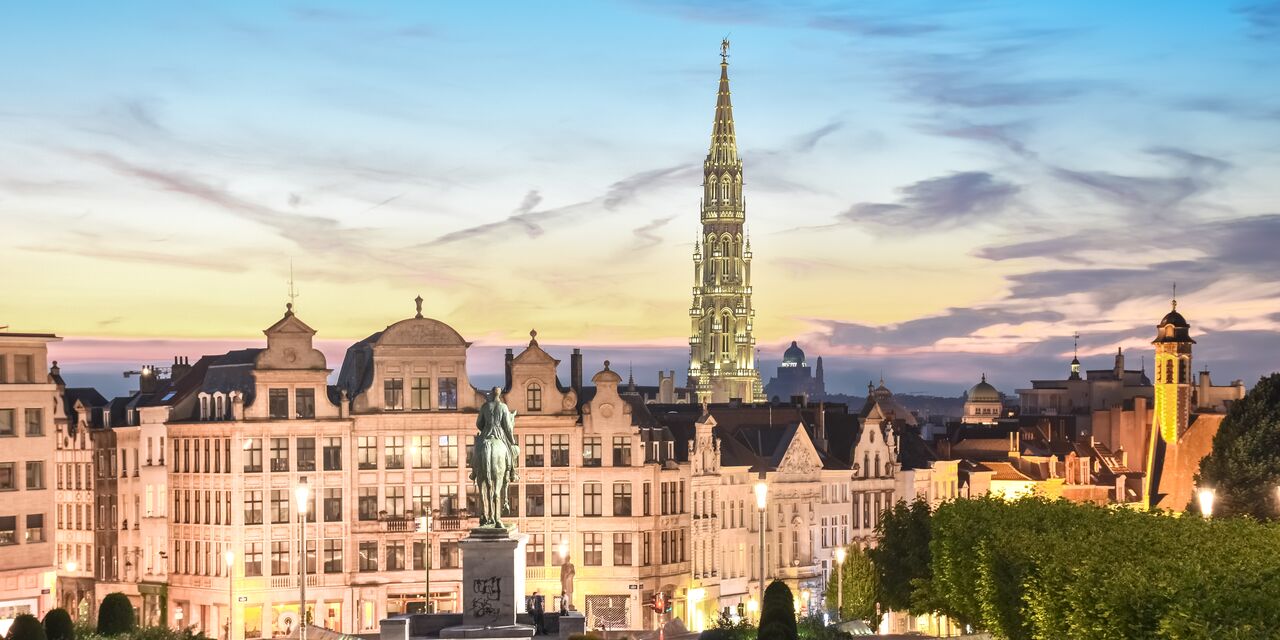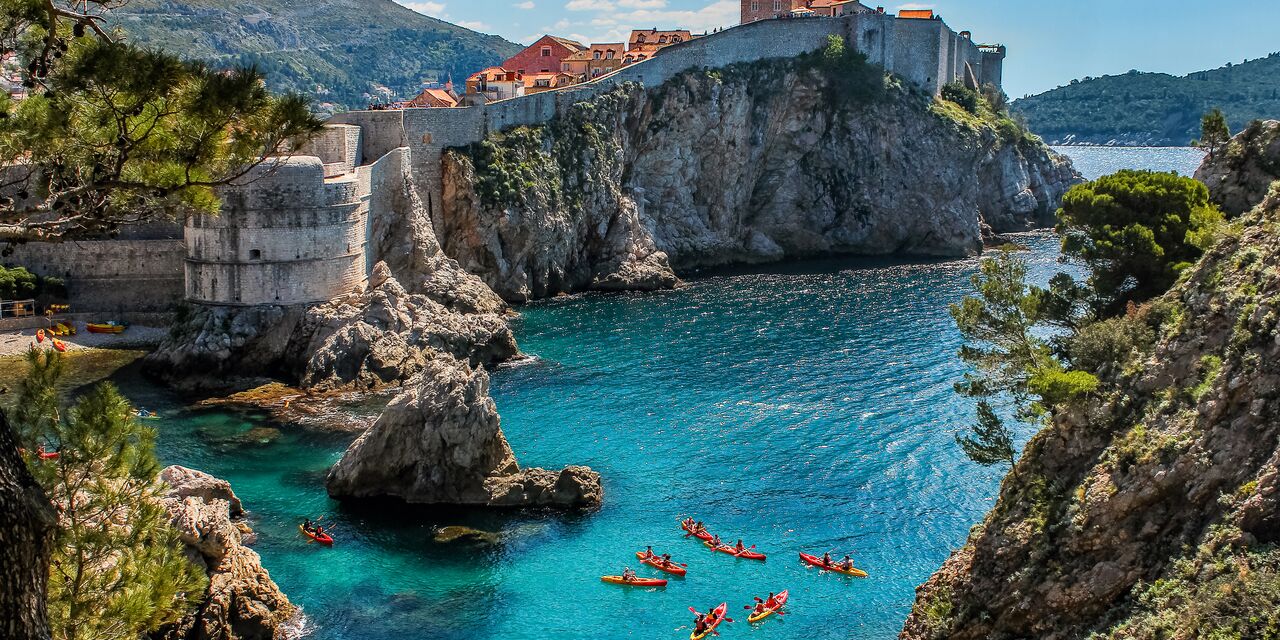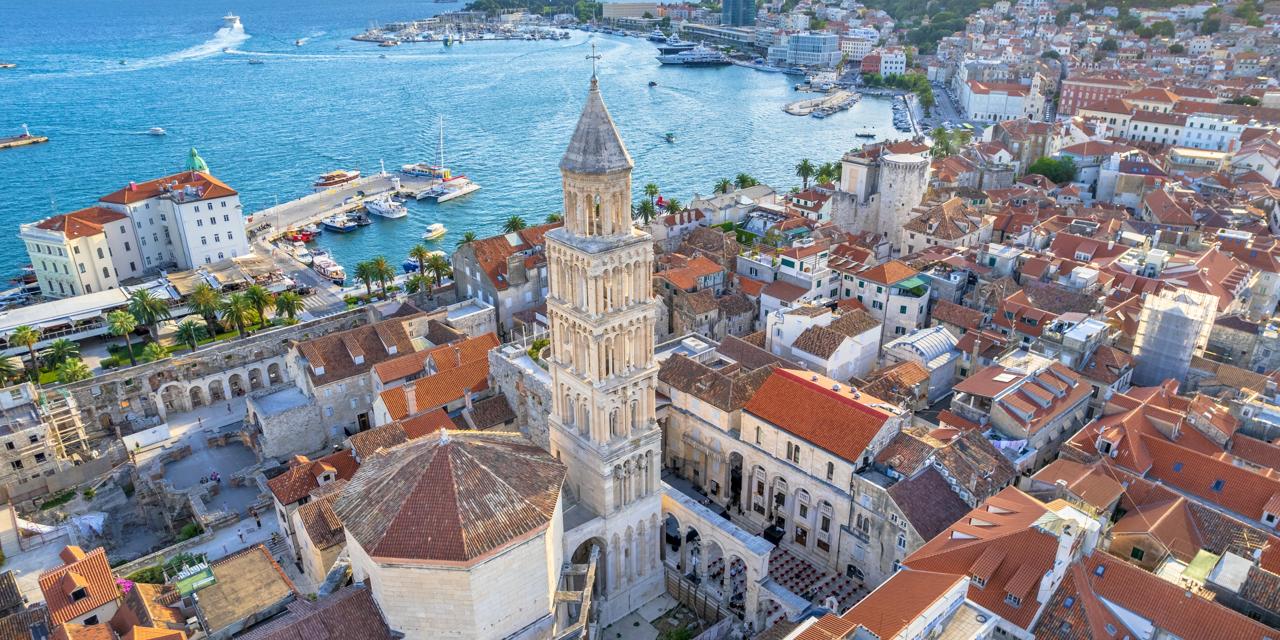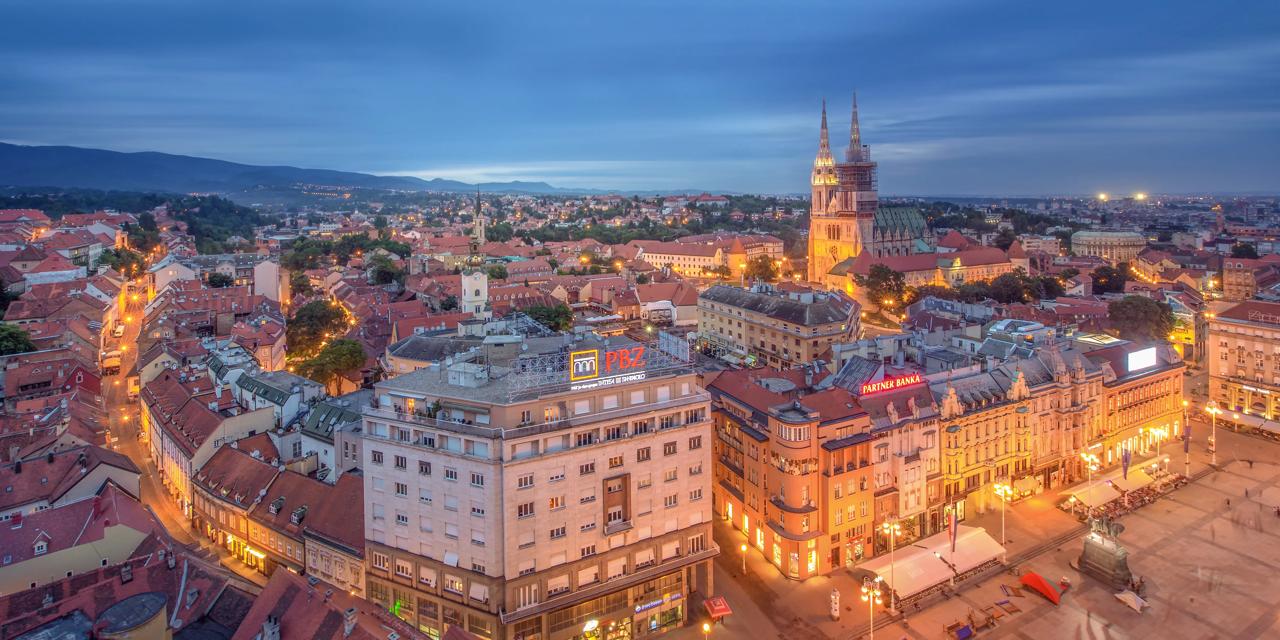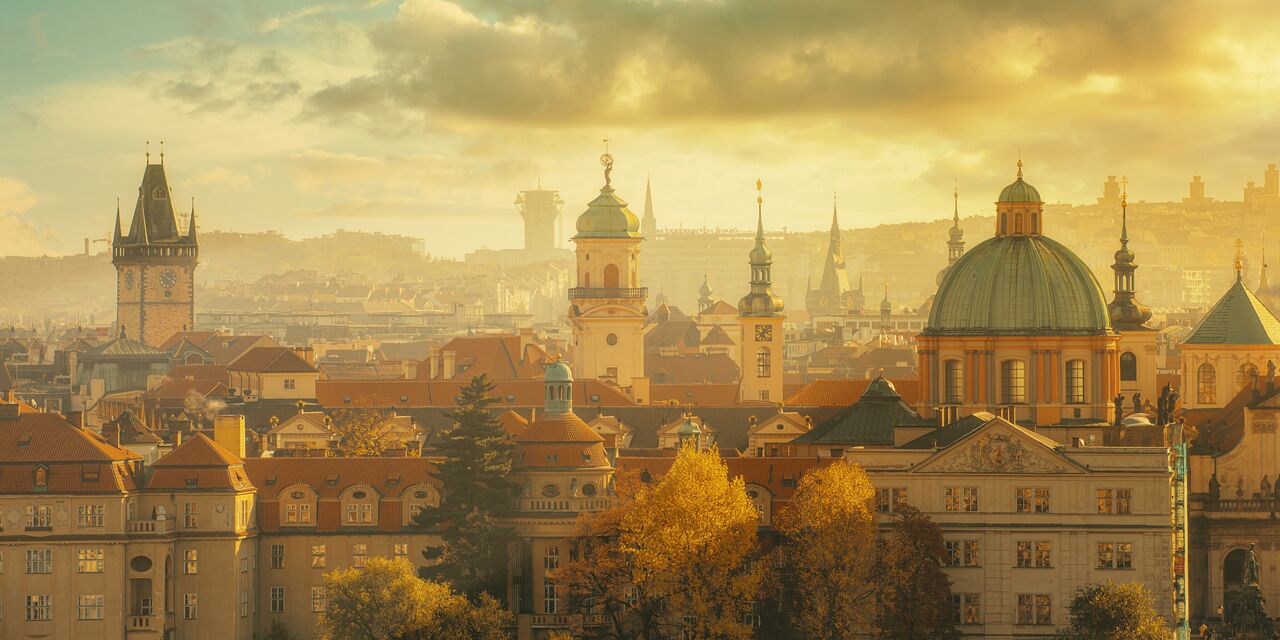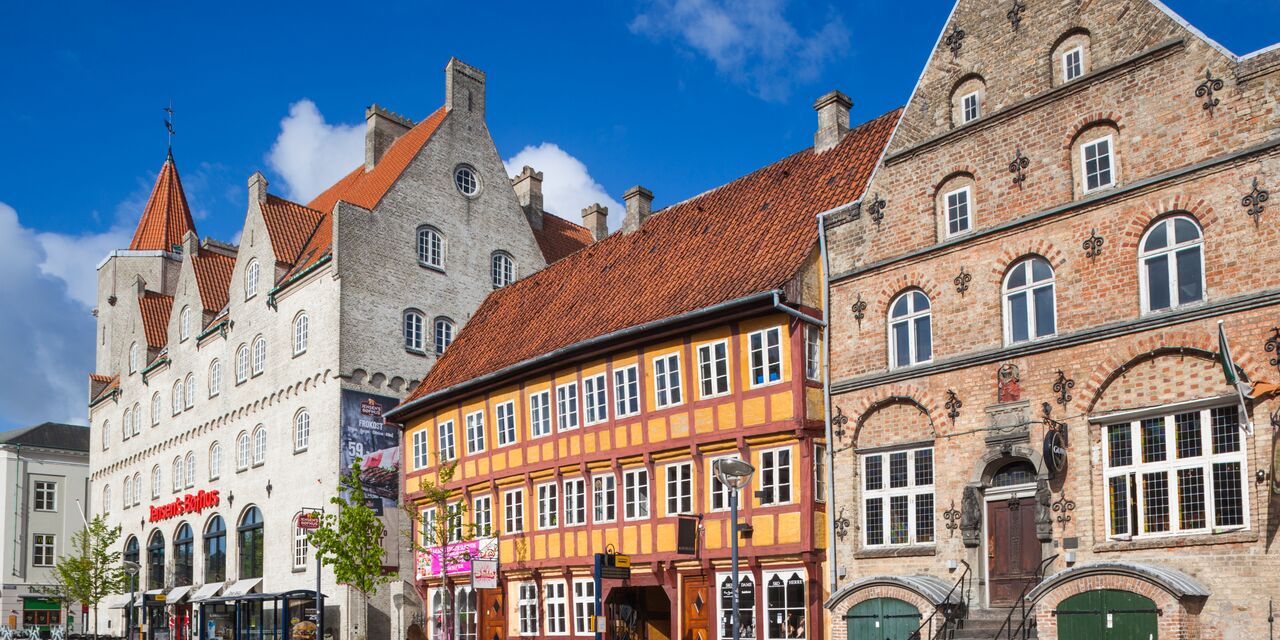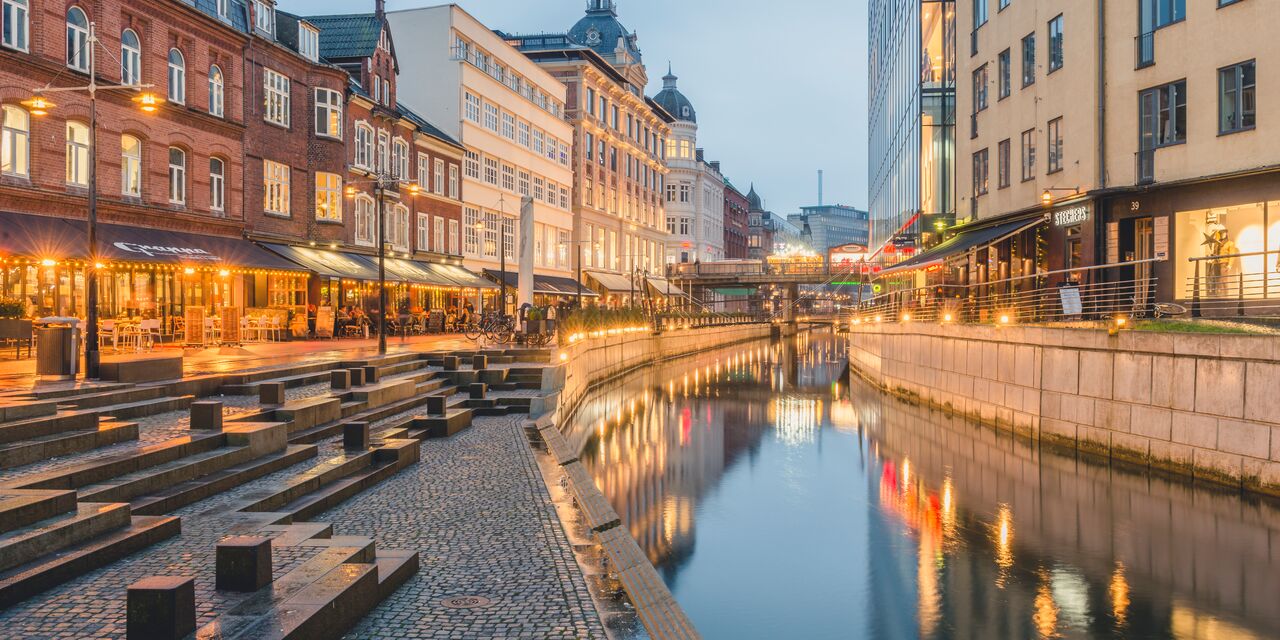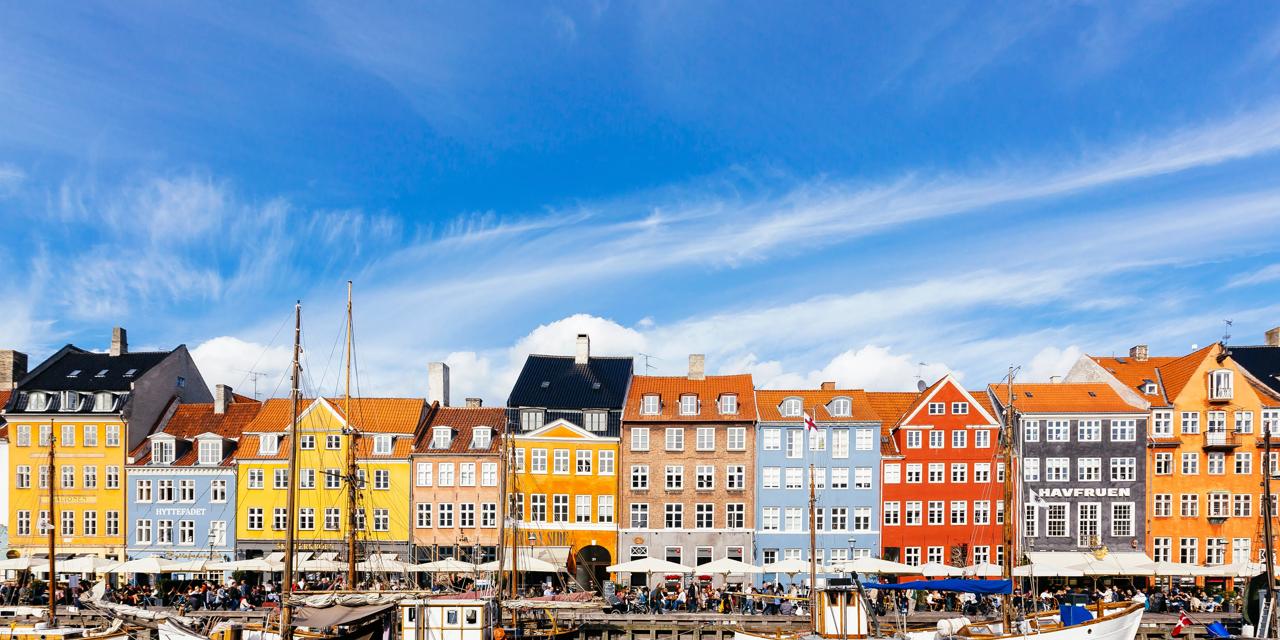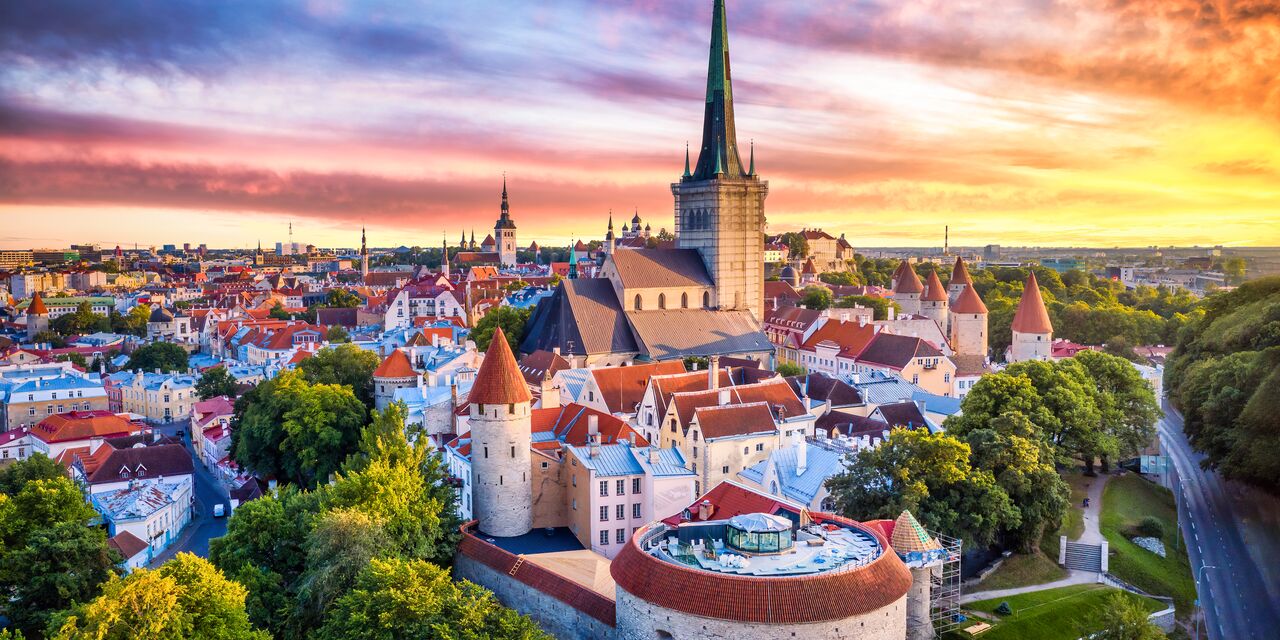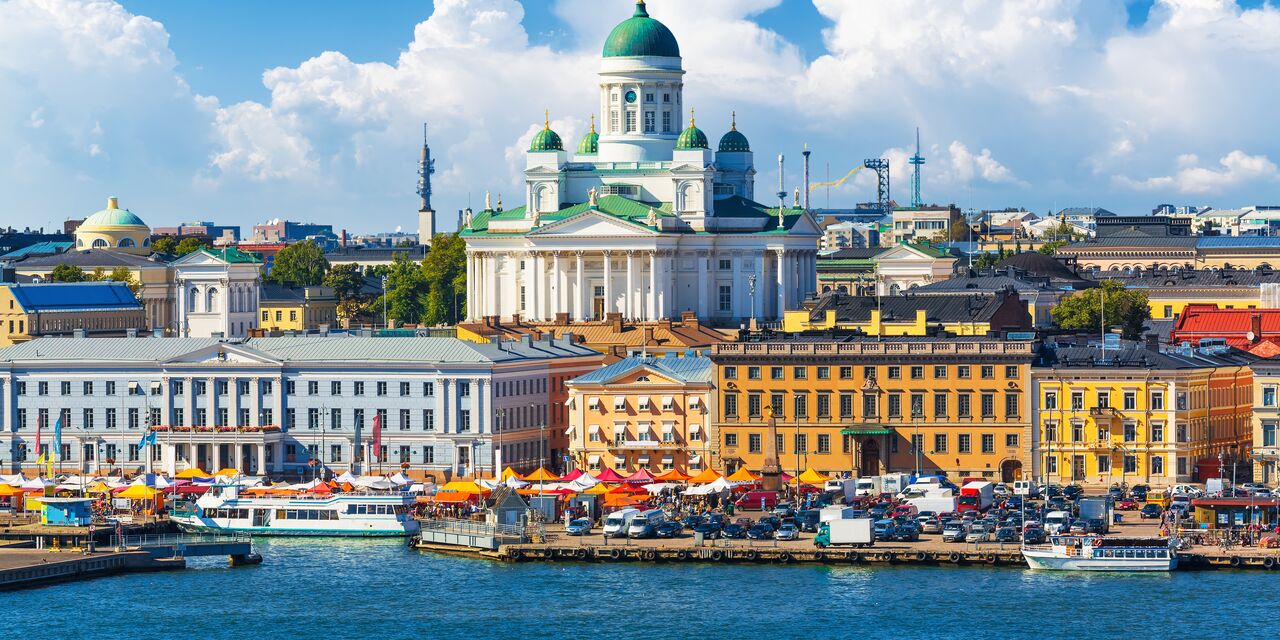The rebirth of the Wall
The East Side Gallery is the most famous and longest remaining section of the Wall that separated East Berlin from West Berlin. This open-air gallery, which attracts more than a million tourists each year, was in an appalling condition only a few years ago. Many of the artworks had been eroded by the elements and destroyed by graffiti vandals and tourists who had scratched phrases into the Wall. For the 20th anniversary celebration of the ‘Mauerfall’ (fall of the Wall) in 2009, the open-air gallery underwent a 2 million euro facelift. Holes were filled, the paint steamed off and the works of art redone. Out of the 100 plus artists, 8 refused to plagiarise themselves and redo their work but, apart from those few works, the gallery was once again fully intact. In 2013, the gallery experienced another setback when a project developer demolished 3 works of art on 23 metres of the Wall to make way for a luxury hotel – in spite of fierce protests headed by David Hasselhoff, the actor and singer who is extremely popular among Germans and primarily known from the ‘Knight Rider’ and ‘Baywatch’ series. Since the fall, the Wall has continued to engage the people of Berlin. The discussion of the destruction of the remaining sections of the Wall comes up on a regular basis.
The kiss between Brezhnev and Honecker
The East Side Gallery still stands and the most famous works of art have not disappeared. ‘Mein Gott, hilf mir, diese tödliche Liebe zu überleben’ by Dmitri Vrubel is a famous graffiti work that depicts a ‘brotherly kiss’ between Soviet Leader Leonid Brezhnev and DDR Leader Erich Honecker. And in ‘Test the Rest’ by Birgit Kinder, the East German Trabant breaks through the Wall to the West. Directly next to the demolished section are the colourful heads of Thierry Noir, a favourite photo spot for tourists, as is the psychedelic painting by Gamil Gimajew. Many of the artworks convey a political message or make reference to the horrors of the Cold War, such as ‘Der Mauerspringer’ by Gabriel Heimler. East Germans tried to cross the Wall in all kinds of ways, usually without much success. In most cases, their attempts resulted in death rather than the much-coveted freedom.

